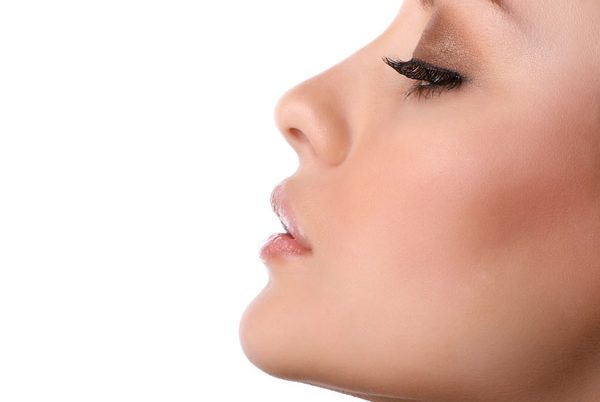
Rhinoplasty corrects imperfections and enhances the proportions of the nose, creating a more harmonious face. It can also correct imperfections caused by traumatism.
Rhinoplasty is often performed in conjunction with other procedures to correct functional parts of the nose, like septoplasty (corrects deviated septum), or turbinectomy (resection of the inferior turbinate).
Surgical rhinoplasty can treat: the shape and definition of the nasal tip, nose width, position of the nostrils, the back of the nose, nose profile, nasal asymmetry, and any deviation.
Each patient has their own physical features that define their identity. It is not possible to make your nose look like someone else’s, but rather reshape and enhance it. It is also important to take into consideration each person’s individuality and ethnicity.
Am I a candidate for this procedure?
There is not an ideal age for this procedure. It is recommended to wait until your facial growth is complete. It is important to be realistic and have good judgment. It is recommended to be 18 years of age or older, but in some cases as early as 15 years of age.
The decision to have rhinoplasty done is extremely personal, since it is a highly individualized procedure. You should discuss with your plastic surgeon your expected outcome and if the benefits will meet your needs.
The procedure
Rhinoplasty is performed in a hospital setting under general anesthesia.
A small incision is made across the columella, the narrow strip of tissue that separates the nostrils. The incision gives access to reshape the structure of the nose by raising the skin that covers the nasal bones and cartilages. Additional incisions are placed in the inside of the nose. The procedure can be completed in 3 hours, but it may vary depending on the complexity of the case. The procedure is usually done in the morning. The patient is discharged the following day with a nurse to care for them for one night.
A splint and/or packing may be placed inside the patient’s nose but it’s usually not necessary. The patient might have a hard time breathing during the first few days (like you would experience during a flu). We use occlusive bandage with micropore tape and thermomoldable plastic.
Rhinoplasty recovery
The bandages are usually removed after 15 days. It is important to rest for the first 72 hours post-surgery. It is recommended to avoid sun exposure for 2 months or until the bruises subside. Initial swelling subsides within 6 months, and it may take up to a year for the nasal contour to fully refine. The patient should sleep on their back and avoid facial massages or any dental work for about 30 days.
Follow-up visits should be made as advised by your plastic surgeon.
How long will my results last?
You will notice immediate results in the first month, but it may take anywhere from 6 months to a year for a more permanent outcome.